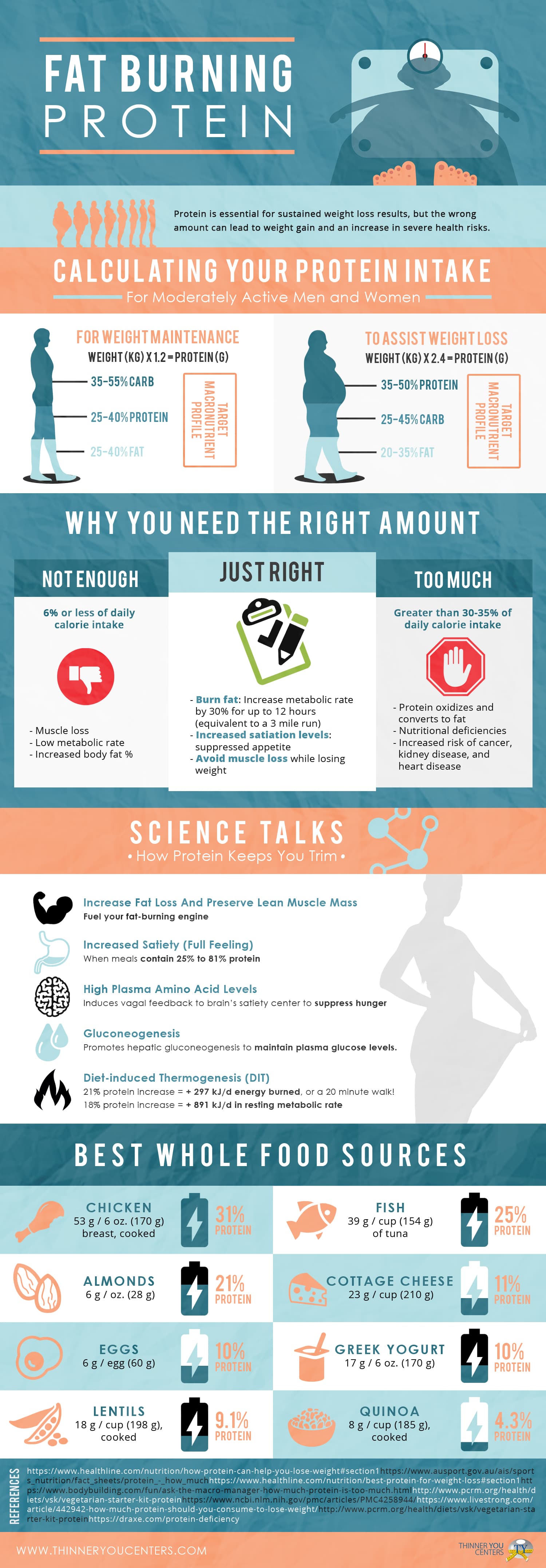Success Rates Of Cold Laser Therapy For Smoking Cessation
Success Rates Of Cold Laser Therapy For Smoking Cessation
Blog Article
What to Expect During a Cold Laser Technique Session
Cold laser treatment is a non-invasive, pain-free therapy that helps in reducing swelling and boosts cell regrowth. It is a risk-free alternative to intrusive procedures and often has prompt results.
Laser photons launch a chain reaction of chemical reactions within the cell that minimize discomfort, swelling, and accelerate healing. It raises blood circulation to the area by causing vasodilation.
What to Anticipate
Cold laser treatment is a non-invasive treatment that uses low-level laser light to permeate deep right into injured cells, triggering cell function on numerous levels to promote cells recovery. This helps in reducing pain and swelling, while promoting muscle contractions and regeneration.
Throughout a session, you'll rest or lie down conveniently and the expert will note the areas on your body that requirement to be dealt with. The specialist after that applies a small portable device with the laser to the location. Throughout the treatment, you might really feel a mild tingling or warmth in the area of your injury.
Prior to beginning treatment, it's important to clean up the location of your injury and get rid of any fashion jewelry or various other objects that could get in the way of the laser's path. It's also essential to stay clear of any kind of combustible materials that could be in the location of the laser beam of light. This will guarantee your security and the effectiveness of the treatment.
Preparation
Cold laser treatment works by shining light externally of your skin. The light is absorbed by the leading layer of your skin and after that boosts the cells to create power that advertises healing.
Throughout the treatment, you might feel a cozy or prickling sensation in the location that is being treated. This is totally normal, though you must allow the professional know if the experience is uncomfortable or too strong.
This treatment has a great deal of pledge for assisting clients with traumatic brain injury (TBI). The treatment is non-invasive and doesn't have any negative negative effects. Nevertheless, even more research study is needed to figure out the optimal therapy protocol. The best way to find out if you are a candidate for this kind of therapy is to consult with a skilled physical therapist. They will certainly be able to assist you establish if cool laser therapy is right for you.
The Therapy
When the specialist has actually properly positioned you for treatment, they will then place the cool laser device on the hurt location. They might maintain it on for 30 secs or longer, depending on the size of the injury and its sensitivity. They will utilize safety safety glasses to make certain that the laser does not straight strike the eyes, and they will certainly make sure that you are safeguarded from any type of glow that can take place.
You may feel a slight tingling feeling on the area that is being treated, however it will not be undesirable or uncomfortable. This is an indication that the laser is functioning to stimulate the healing process in the affected cells.
Most individuals experience discomfort relief within a few sessions, with some seeing long lasting results even after a number of months of treatments. It is essential to note that LLLT is not suggested as a single treatment for any type of chronic discomfort problem and it need to be coupled with other therapeutic techniques in order to achieve maximum outcomes.
Post-Treatment
After you relax or rest, the specialist will use a stick with a collection of light-emitting diodes to target your pain site. You will put on safety eye goggles, and the laser may be hung on your skin for 30 to one minute. You may feel a gentle, comforting experience during laser for therapy the treatment.
The photons from the laser penetrate deep into your cells, activating a recovery feedback on a mobile degree. Unlike various other kinds of laser therapy, this low-intensity approach does not produce warm.
Some studies have actually revealed that chilly laser therapy works in dealing with a variety of conditions, consisting of persistent discomfort and wounds. However, it is less extensively approved as a common medical practice, and it isn't covered by several medical insurance strategies. Furthermore, it is not suggested to be used over any kind of questionable malignant sores or carcinomas or on expectant ladies. You should constantly talk to your oncologist before seeking this form of therapy.